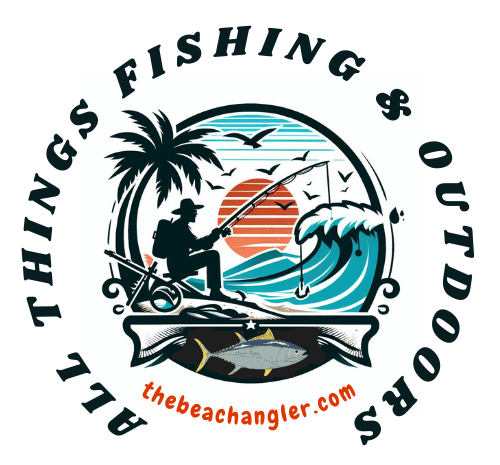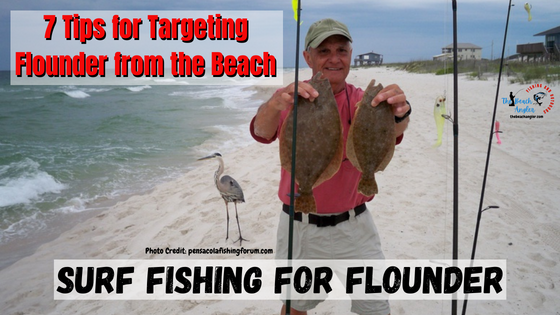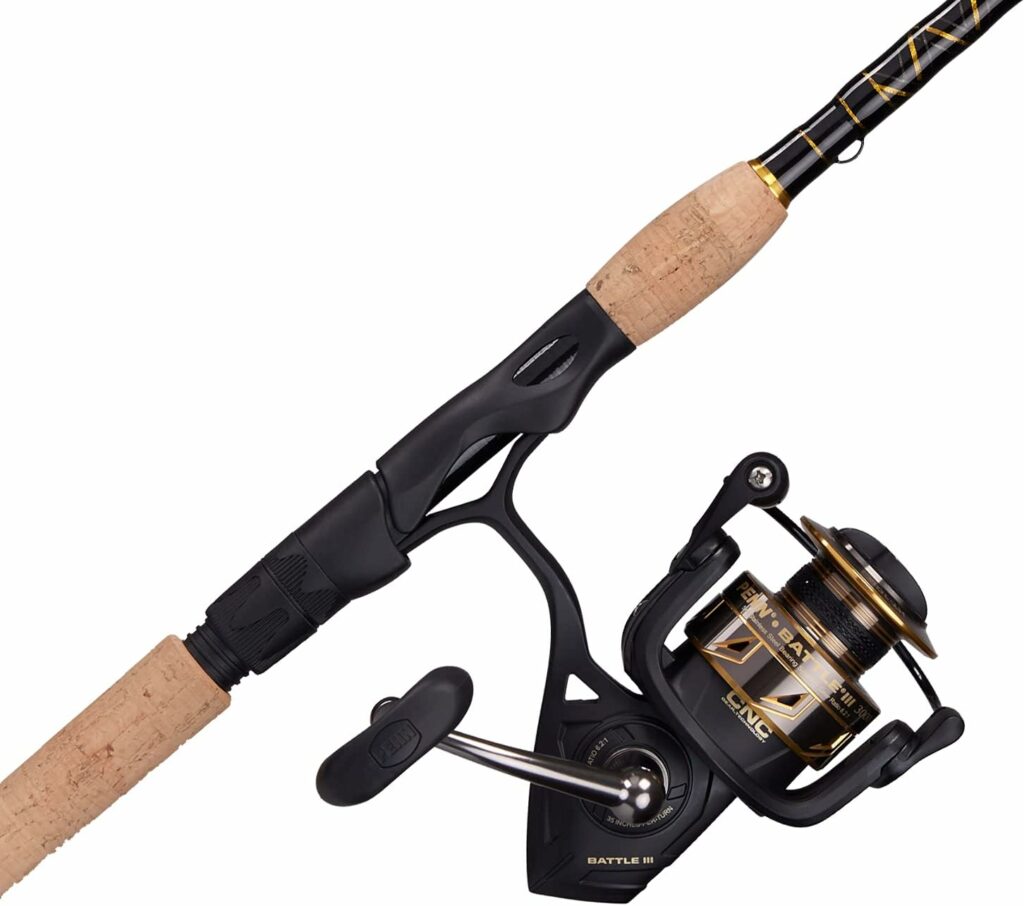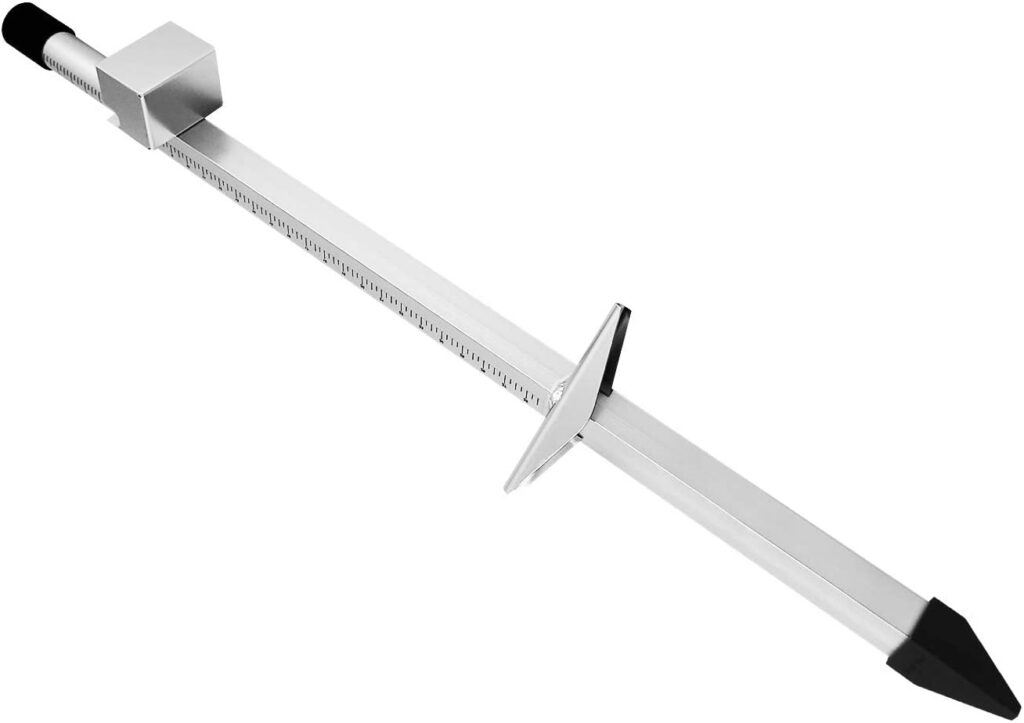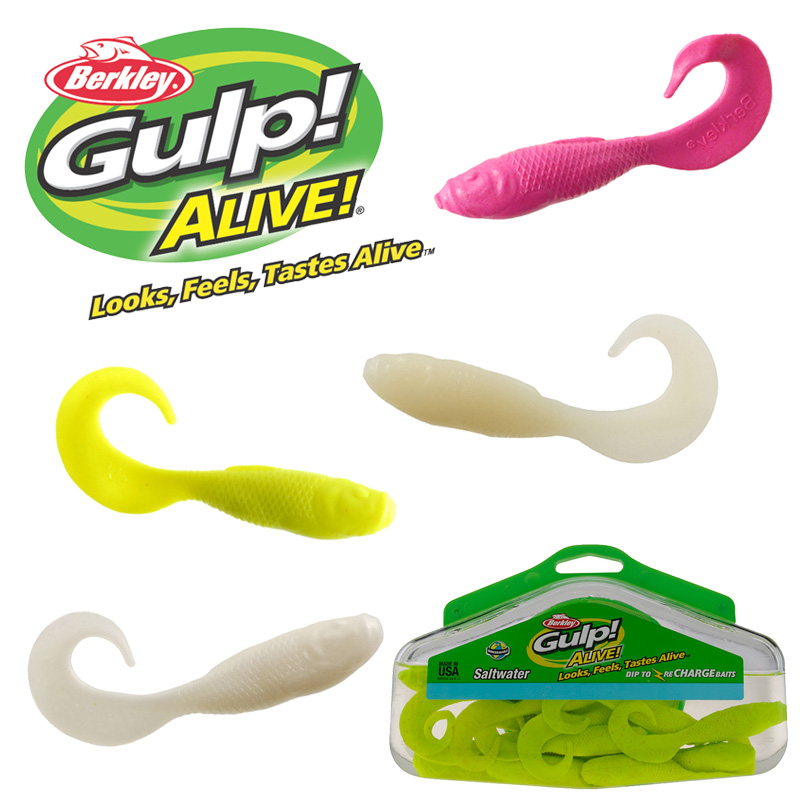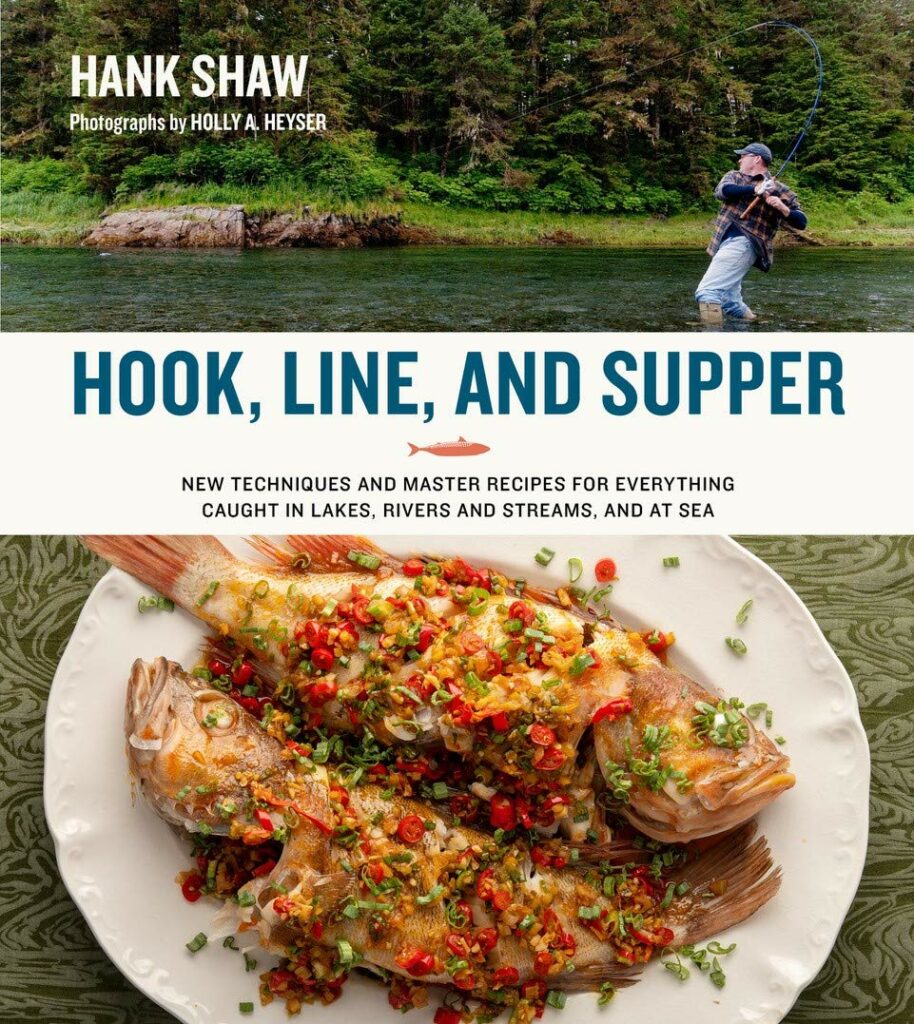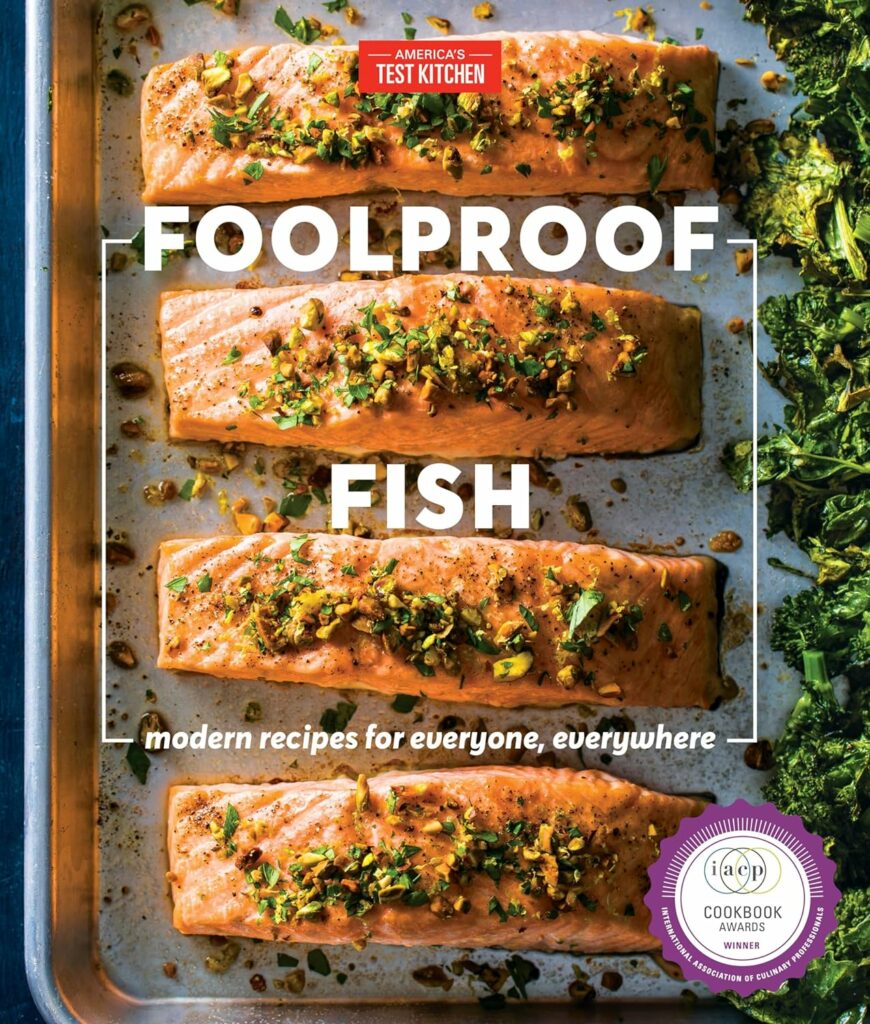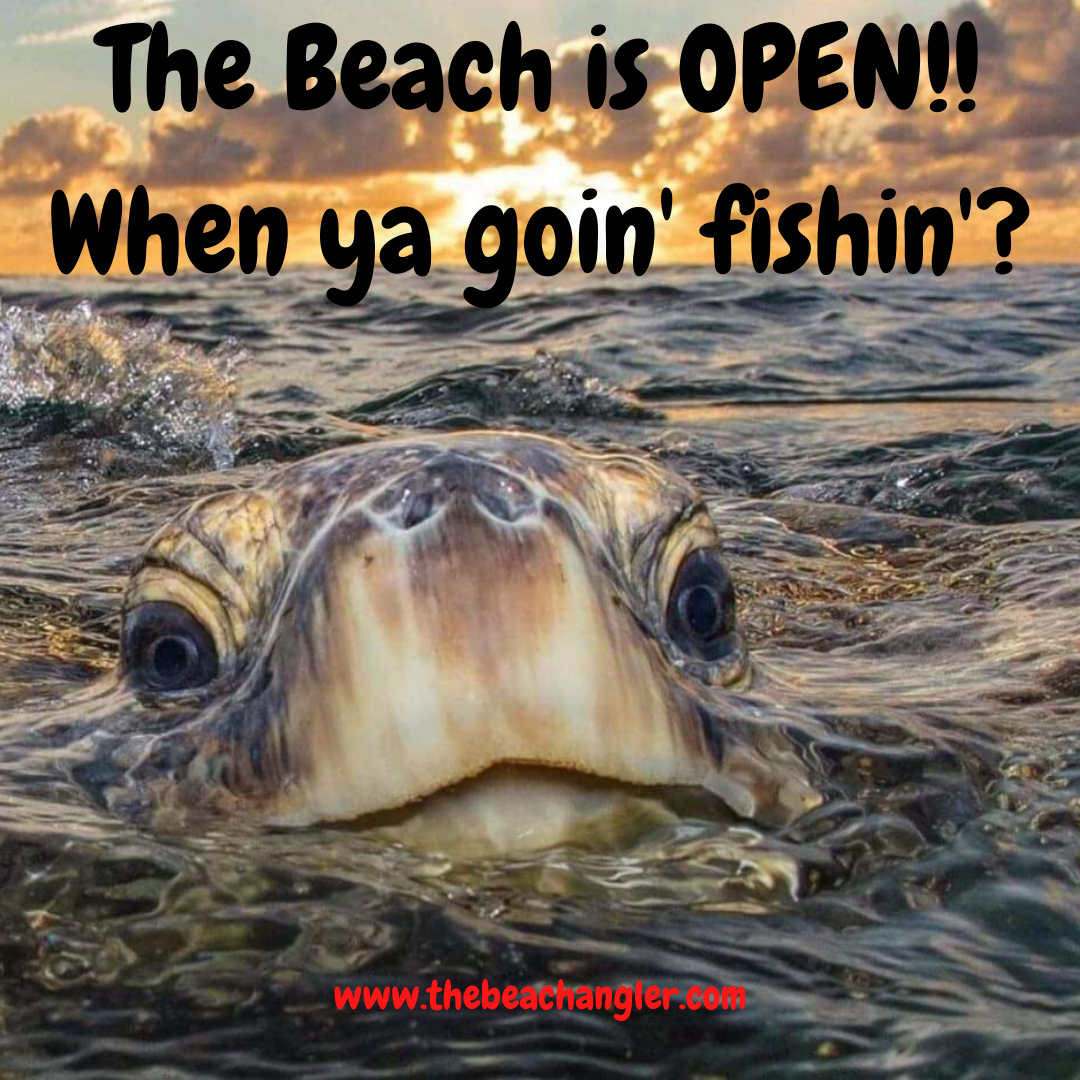Surf fishing for flounder is an exciting and rewarding activity for anglers of all skill levels. Flounder, known for their flat bodies and ability to camouflage themselves, are popular targets among saltwater anglers, and often overlooked by surf fisherman. Yes, there are flounder in the surf and we are going to explore the techniques, equipment, and strategies needed to give surf fishing for flounder a try.
KEY POINTS:
7 Tips for Catching Flounder in the Surf:
- Use Scent: Flounder have a strong sense of smell, and using scent attractants can significantly improve your catch rate.
- Stay Mobile: If you’re not getting any bites in a particular spot, don’t hesitate to move. Flounder can be elusive and may not be present in every location.
- Pay Attention to Water Temperature: Flounder are sensitive to changes in water temperature. They tend to become more active when the water temperature rises, especially during the warmer months.
- Watch the tides: Understanding the tide patterns is crucial for a successful flounder fishing trip. Flounder are more active and likely to feed during an incoming tide.
- Practice Stealth: Flounder can be skittish and easily spooked, so it’s important to approach the water quietly and avoid unnecessary noise.
- tay Patient: Patience is key when it comes to surf fishing for flounder. It may take some time to locate the right spot and entice flounder to bite.
- Wait to Set the Hook: When you feel a flounder bite, give it a moment to fully swallow the bait before setting the hook.
I’ve been chasing flounder for over 50 years now. From gigging at night, to live bait and lures in the bays and passes, to working the guts and sandbars of the beachfront.
Whether you’re a seasoned angler or a beginner looking to try your hand at surf fishing, Surf fishing for flounder can be an exciting and rewarding challenge.
However, it does require some skill, knowledge, and a bit of patience. So, read on and we’ll cover everything you need to know about flounder, including their behavior, habitat, and how best to target them when surf fishing.
Grab your fishing rod, put on your waders, and let’s dive into the world of surf fishing for flounder!
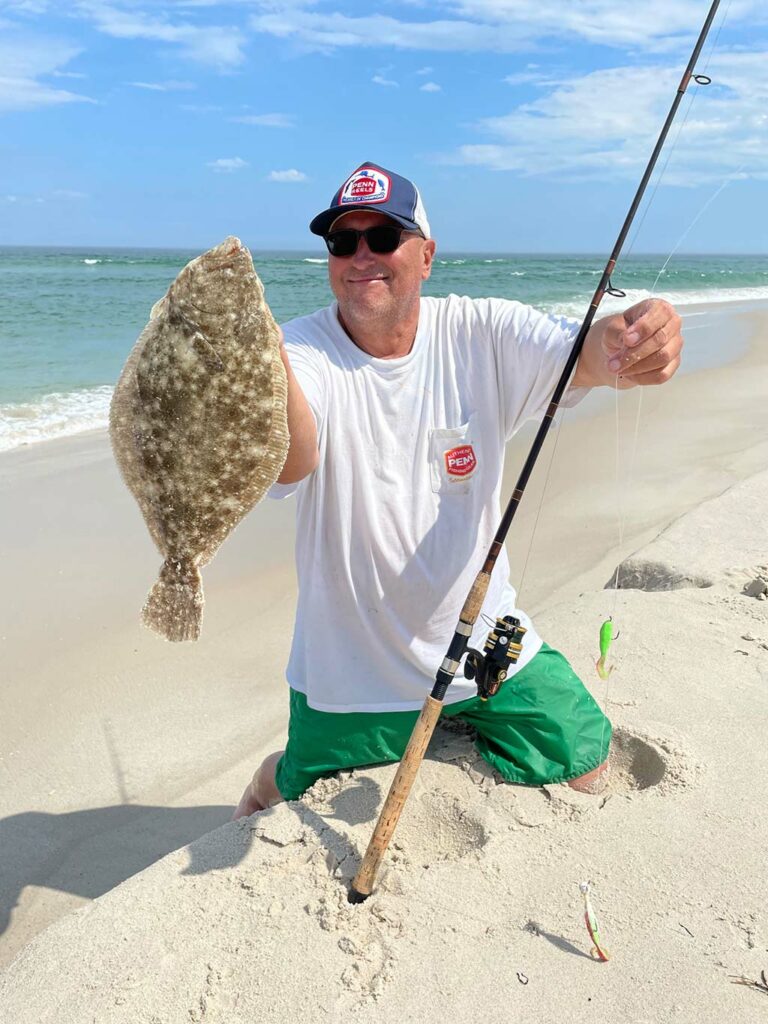
Understanding Flounder
What is a Flounder?
Flounder, scientifically known as Paralichthys dentatus, are a popular saltwater game fish that inhabit sandy and muddy bottoms along the Atlantic and Gulf coastal waters, including beaches, bays, and estuaries. These flatfish are known for their distinctive appearance, with both eyes positioned on one side of their body, allowing them to camouflage themselves in the sandy ocean floor while keeping a watchful eye on their surroundings.
The name “flounder” is used for several only distantly related species, though all are in the suborder Pleuronectoidei (families Achiropsettidae, Bothidae, Pleuronectidae, Paralichthyidae, and Samaridae). Some of the better known species that are important in fisheries are:
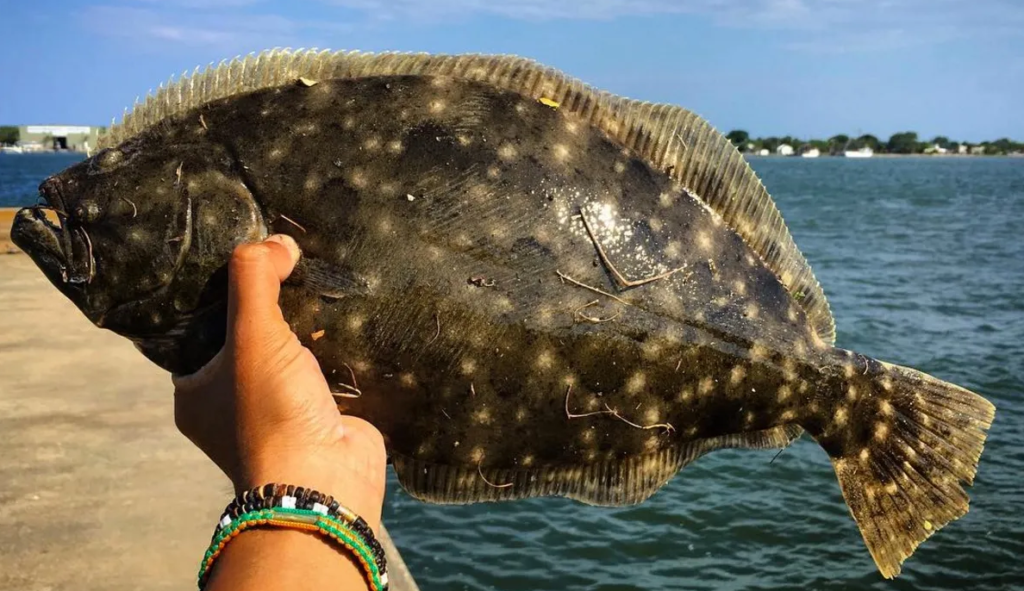
- Western Atlantic
- Gulf flounder – Paralichthys albigutta
- Southern flounder – Paralichthys lethostigma
- Summer flounder (also known as fluke) – Paralichthys dentatus
- Winter flounder – Pseudopleuronectes americanus
- European waters
- European flounder – Platichthys flesus
- Witch flounder – Glyptocephalus cynoglossus
- North Pacific
- Halibut – Hippoglossus stenolepis
- Olive flounder – Paralichthys olivaceus
Flounder are highly sought after by anglers due to their delicious white meat and can be found in various sizes, ranging from small to trophy-sized specimens. They can be found in the surf zone, where the waves break onto the shore, in the troughs between the sandbars and along the edges of cuts or rip currents making them an excellent target for surf anglers.
Understanding Flounder Habitat and Behavior
Before we delve into the techniques and strategies of surf fishing for flounder, it’s important to understand the behavior and habitat of these fascinating creatures. Flounder are bottom-dwelling fish that prefer shallow coastal waters, estuaries, and inlets. They are often found hiding and waiting for their prey in areas with structure, such as submerged rocks, jetties, and sandbars.
Flounder are opportunistic predators, feeding on small fish, crustaceans, and mollusks. Their flat body allows them to lie flat on the ocean floor and ambush unsuspecting prey. Understanding their feeding patterns and preferred habitats will significantly increase your chances of success when surf fishing for flounder.
The Best Time of Day for Surf Fishing for Flounder Fishing
Flounder are generally more active during certain times of the day, which can improve your odds of catching them. Dawn and dusk are prime feeding times for flounder, as they take advantage of low light conditions to hunt for food. These twilight hours offer anglers the best chance to target flounder. At night, armed with a flounder gig and underwater light, you can wade the shallow waters along the beach front and gig flounder where it is legal to do so.
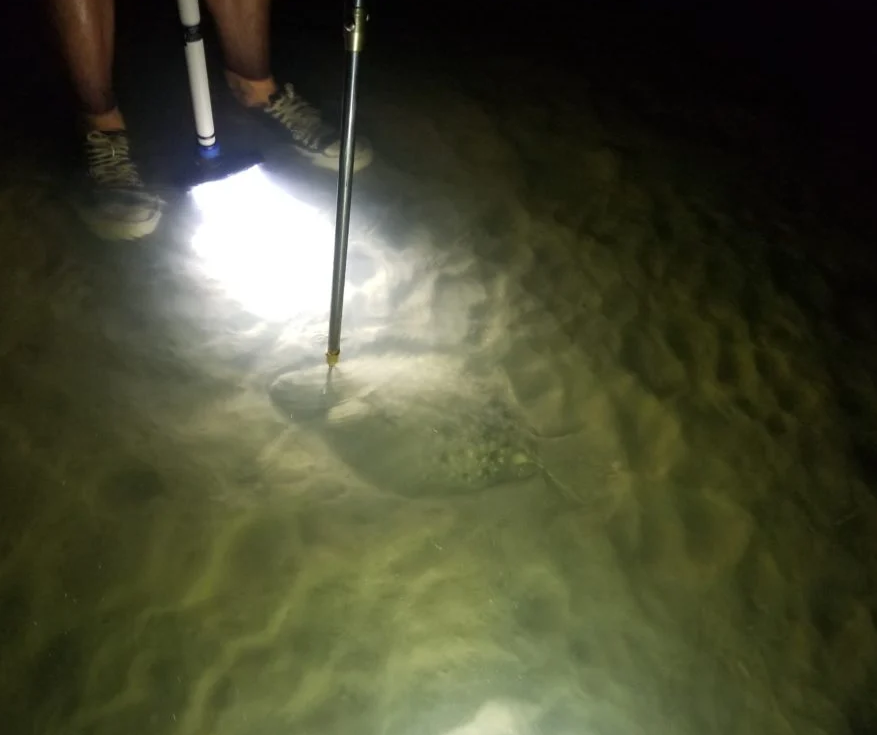
Flounder can also be caught throughout the day, especially during tidal changes when the water movement stirs up prey and triggers feeding behavior.
Flounder are ambush predators that wait on the bottom for the current to bring baitfish to them. Keep an eye on the tides and plan your fishing trips around the incoming and outgoing tides for best results.
Tides and Their Impact on Surf Fishing for Flounder
Understanding tides is crucial when it comes to surf fishing for flounder. Tides affect the movement and behavior of flounder, as well as the availability of prey. The most productive time to target flounder is during the moving tides, particularly the outgoing tide.
During the outgoing tide, the water flows from the shallows towards deeper waters, causing baitfish and other prey to be swept away where hungry flounder wait to pounce. Flounder strategically position themselves near the edges of sandbars or channels to ambush the disoriented prey. By fishing during the outgoing tide, you increase your chances of intercepting flounder on the prowl for an easy meal.
Choosing the Right Location when Surf Fishing for Flounder
When it comes to surf fishing for flounder, location is key. Flounder can be found in various coastal regions, but some areas are more productive than others. Look for sandy or muddy bottoms adjacent to areas with structure, such as rock formations or jetties. These structures create ideal conditions for flounder to hide and wait for prey. Additionally, keep an eye out for areas where the surf meets deeper water.
Flounder often patrol the edges of sandbars and drop-offs, taking advantage of the tidal flow to ambush prey. Pay attention to current patterns and identify spots with a gentle current, or cuts in the sandbars where water flows back out to sea, these are areas where flounder are likely to congregate. The trick is being able to read the water to locate these areas.
Reading the Water: Spotting Likely Flounder Hangouts
To improve your chances of finding flounder, it’s crucial to learn how to read the water and identify flounder hotspots. Here are a few indicators to look out for:
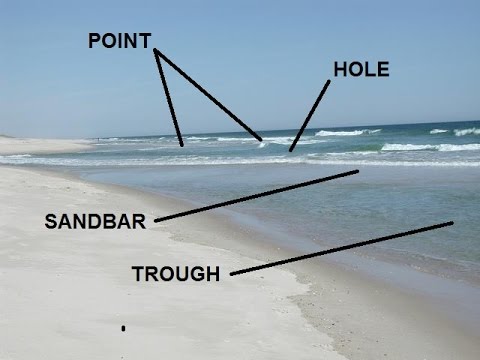
- Sandbars and Channels: Look for areas with natural structure such as sandbars, jetties, or submerged rocks where flounder like to hide and ambush their prey. Flounder often patrol the edges of sandbars and channels, waiting for prey to be swept past by the current. Look for subtle changes in water depth and color, indicating the presence of these underwater structures.
- Drop-Offs: Flounder prefer shallow waters, so focus your efforts in areas ranging from knee-deep to waist-deep. They are known to congregate near drop-offs where the ocean floor transitions from shallow to deeper water. These areas provide easy access to both shallow and deep water escape routes.
- Structure: Flounder are ambush predators and seek cover near structures such as rocks, jetties, and submerged pilings. These structures create pockets of calm water and attract baitfish, making them prime locations for flounder.
- Rip Currents: Rip currents can disorient baitfish and create turbulence, making it easier for flounder to ambush their prey. Look for areas where rip currents converge, as flounder often position themselves near these zones along the outside edges of the current.
By carefully observing the water and identifying these key features, you can increase your chances of finding flounder and targeting them effectively.
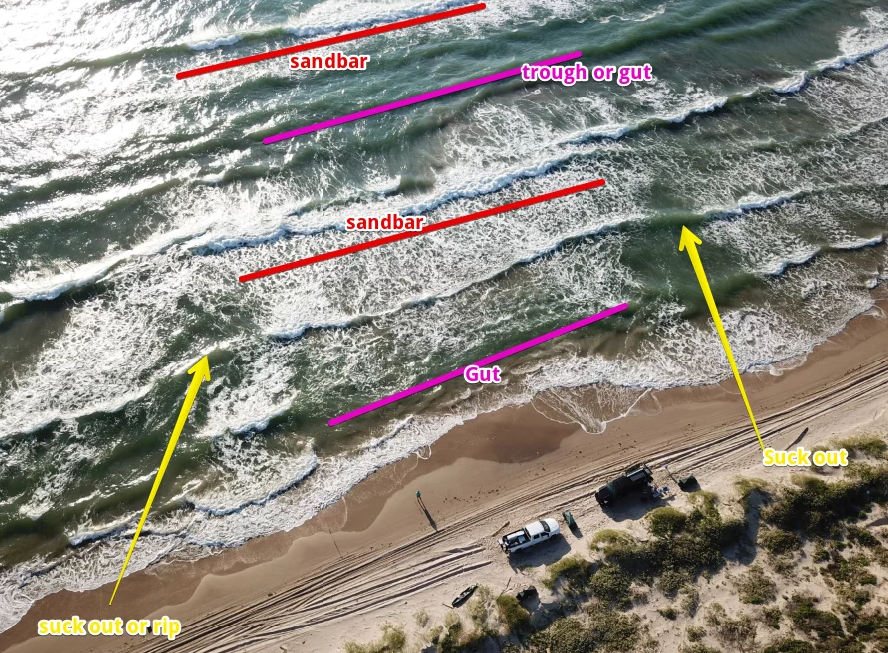
Essential Gear when Surf Fishing for Flounder
Having the right gear is essential for surf fishing for flounder. Here’s a list of the must-have items to ensure a successful fishing trip:
Fishing Rod: Opt for a medium to medium-heavy spinning rod with a length between 7 to 10 feet. This length provides the necessary casting distance while maintaining the sensitivity required to detect subtle bites.
Reel: Choose a durable spinning reel with a smooth drag system and sufficient line capacity to handle larger flounder. Look for a reel that can handle 10 to 20-pound test line and designed for saltwater use.
Fishing Line: Use a braided fishing line with a test strength between 10 to 20 pounds. Braided lines offer excellent sensitivity and casting distance, enabling you to feel the subtle strikes of flounder and make long, accurate casts.
Terminal Tackle: Stock up on a variety of flounder rigs, including flounder sliders, fish finder rigs, and Carolina rigs. These rigs allow you to present your bait effectively and increase your chances of enticing flounder.
Essential Surf Fishing Gear:
- Surf Fishing Rods, surf rods are typically longer and heavier duty than standard rods. – read more.
- Surf fishing Reels,larger and stronger with greater line capacity to handle big fish. – read more.
- Surf fishing Rod and Reel Combos, pre-matched rod and reel set ups for surf fishing – read more.
- Sand Spike Rod holder, holds your rods securely while you wait for that big bite. – read more.
- Surf Fishing Rigs, terminal tackle for fishing the surf. – read more.
- Surf fishing Carts, for beaches that won’t allow vehicles you need a way to carry your gear – read more.
- Rod Racks for Vehicles, carry your rods out of harms way and easy to access- read more.
- Beach Camping Gear, in case you want to fish all night or for several days – read more.
Hooks: Use sharp, strong hooks in sizes ranging from 1/0 to 3/0. Circle hooks are recommended as they increase the chances of hooking the fish in the corner of the mouth, minimizing deep hooking and improving survival rates for released fish.
Weights: Carry an assortment of weights, including pyramid sinkers, bank sinkers, and coin sinkers. The weight needed will depend on the surf conditions and the distance you need to cast.
Tackle Box: Organize your hooks, sinkers, swivels, and other small tackle items in a sturdy tackle box. This will keep your gear organized and easily accessible when you’re on the beach.
Remember to check local regulations and obtain the necessary fishing licenses before heading out to surf fish for flounder.
Surf Fishing for Flounder Rigging Options
Proper rigging plays a significant role in presenting your bait effectively and increasing your chances of hooking flounder. Here are a few rigging options to consider:
- Flounder Slider Rig: The flounder slider rig is a popular choice among surf anglers. It consists of a sliding weight, a swivel, a leader line, and a hook. The sliding weight allows the flounder to pick up the bait without feeling the resistance of the weight.
- Fish Finder Rig: The fish finder rig is a versatile rig that can be used for various species, including flounder. It features a sliding weight, a swivel, a leader line, and a hook. The sliding weight rests on a separate loop, allowing the bait to move freely with the current.
- Carolina Rig: The Carolina rig is an effective setup for fishing in areas with structure. It consists of a sliding weight, a bead, a swivel, a leader line, and a hook. The sliding weight allows your bait to stay close to the bottom while the bead and swivel prevent the weight from damaging the knot.
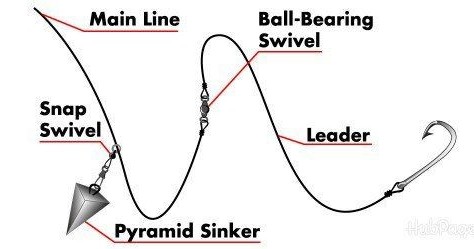
Experiment with different rigging options and adjust your leader length and weight size based on the surf conditions and the depth you’re fishing.
Bait and Lures: What Flounder Can’t Resist
When it comes to bait and lures for flounder, the key is to imitate their natural prey and entice them to strike. Here are some tried and tested bait and lure options for targeting flounder:
Live Bait: Flounder are ambush predators, so presenting live bait that resembles their natural prey is highly effective. Popular live baits include minnows, finger mullet, mud minnows, and shrimp. Rig your live bait on a flounder rig and cast it out near structures or drop-offs.
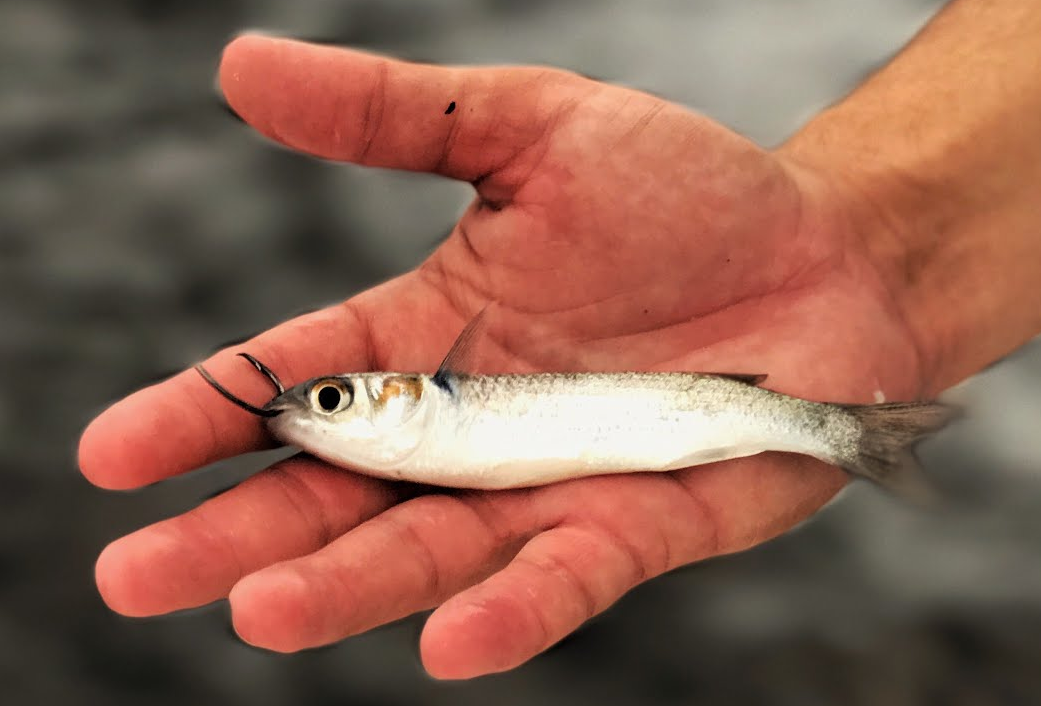
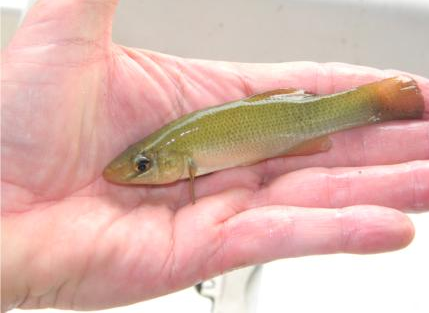
Soft Plastic Baits: Soft plastic baits, such as Gulp! Swimming Mullet, Gulp! Shrimp, and paddle tail swimbaits, are excellent choices for flounder. These baits mimic the movement and appearance of small fish and crustaceans, triggering predatory instincts in flounder.
Bucktail Jigs: Bucktail jigs are versatile lures that can be jigged along the bottom or retrieved slowly. The hair-like material of the bucktail provides lifelike movement, attracting flounder to strike. Choose jigs in natural colors like white, chartreuse, or brown to match the flounder’s prey.
Strip Baits: Strips of fishbites, squid, mullet, or other fish can be used to entice flounder. Cut the bait into thin, long strips and thread them onto a flounder rig or jig head. The scent and movement of the strip bait will attract flounder and trigger strikes.
Experiment with different bait and lure combinations to determine what the flounder in your area prefer. Remember to vary your retrieve speed and presentation to mimic the behavior of wounded prey and trigger a response from flounder.
Surf Fishing for Flounder: Techniques
Now that you have the right gear and bait, let’s dive into some effective surf fishing techniques for flounder:
- Cast and Retrieve: This technique involves casting your bait or lure beyond the sandbar or into areas where flounder are likely to be hiding. Allow your bait to sink to the bottom, then retrieve it slowly to keep it close to the bottom while imparting small twitches to mimic the movement of a wounded prey item.
- Jigging: Jigging involves bouncing your bait or lure along the bottom to imitate a small fish or shrimp moving in the surf. Cast your bait out, let it sink, and then use short, upward jerks of the rod tip to create an enticing jigging motion. Pause occasionally to let the bait settle before resuming the jigging action.
- Drift Fishing: Drift fishing is effective when targeting flounder in areas with a gentle current. Allow your bait or lure to drift naturally with the current, keeping your line taut and maintaining contact with the bottom. This technique covers a larger area and increases your chances of encountering flounder.
Remember to pay close attention to your line and rod tip for any signs of a bite. Flounder are known for their subtle strikes, they tend to grab the bait then settle back to the bottom before they eat it so it’s important to develop a keen sense of sensitivity to detect these bites.
Surf Fishing for Flounder Tips and Tricks
Here are some additional tips and tricks to help you maximize your success when surf fishing for flounder:
Use Scent: Flounder have a strong sense of smell, and using scent attractants can significantly improve your catch rate. Apply scent to your baits and lures to entice flounder and make them hold onto the bait longer, giving you more time to set the hook.
Stay Mobile: If you’re not getting any bites in a particular spot, don’t hesitate to move. Flounder can be elusive and may not be present in every location. Experiment with different areas and cover as much ground as possible to find productive fishing spots.
Pay Attention to Water Temperature: Flounder are sensitive to changes in water temperature. They tend to become more active when the water temperature rises, especially during the warmer months. Monitor water temperature trends and focus your fishing efforts during periods of optimal temperature range.
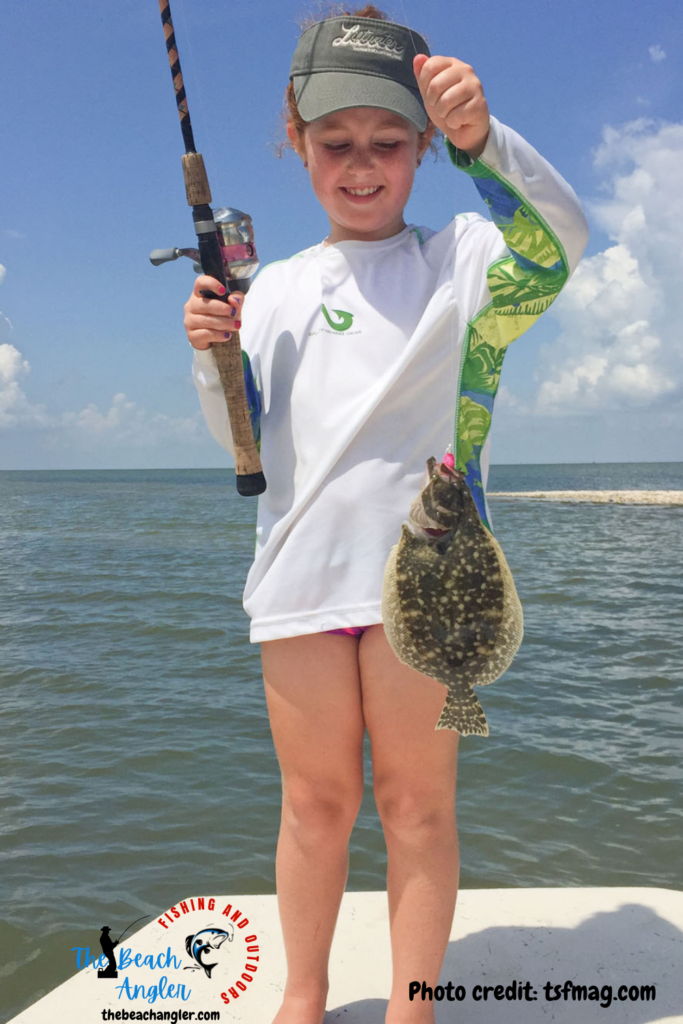
Watch the tides: Understanding the tide patterns is crucial for a successful flounder fishing trip. Flounder are more active and likely to feed during an incoming tide, so plan your fishing trip accordingly. They feed more actively when there is tidal movement or currents, whether incoming or outgoing
Practice Stealth: Flounder can be skittish and easily spooked, so it’s important to approach the water quietly and avoid unnecessary noise and disturbances. Keep a low profile, move slowly, and minimize any sudden movements that could alert nearby flounder.
Stay Patient: Patience is key when it comes to surf fishing for flounder. It may take some time to locate the right spot and entice flounder to bite. Stay focused, persist, and maintain a positive attitude even during slower periods. A patient angler is often rewarded with a memorable catch.
Wait to Set the Hook: When you feel a flounder bite, give it a moment to fully swallow the bait before setting the hook. Once hooked, use a smooth, steady reeling motion to bring the flounder ashore. Be cautious when handling flounder as they have sharp teeth and can cause injury.
Here are some additional tips to enhance your chances of a success when surf fishing for flounder:
Do your research and study local fishing reports, chat with experienced anglers, and gather information about the best spots and techniques. Don’t be afraid to experiment by trying different baits, lures, and retrieval techniques to find what works best in your specific fishing location.
Learn from experience, each fishing trip provides an opportunity to learn and improve your skills. Take note of what works and what doesn’t for future reference. And remember, fishing is a sport of uncertainty, and success is never guaranteed. Enjoy the process, embrace the challenges, and appreciate the beauty of nature while surf fishing for flounder.
Cleaning and Cooking Flounder
Once you’ve successfully caught a flounder, you can prepare it for a delicious meal. Rinse the flounder with fresh water to remove any sand or debris. Then fillet the fish, removing the skin and bones or scale it removing the head and entrails for whole fish recipes.
Season the flounder fillets with your preferred spices and marinade. Then cook the flounder using your favorite recipes such as grilling, baking, or pan-searing. Below are a couple of great flounder recipes to try.
Stuffed Flounder Recipe
Ingredients
- 1 pound flounder fillets
- 8 ounces crab meat
- 4 saltine crackers
- ¼ teaspoon paprika, plus more for dusting
- ¼ teaspoon garlic powder
- ¼ teaspoon Worcestershire sauce
- 1 egg
- 2 tablespoons mayonnaise
- 1 lemon
- 2 tablespoons butter
- 1 ½ teaspoons kosher salt, divided
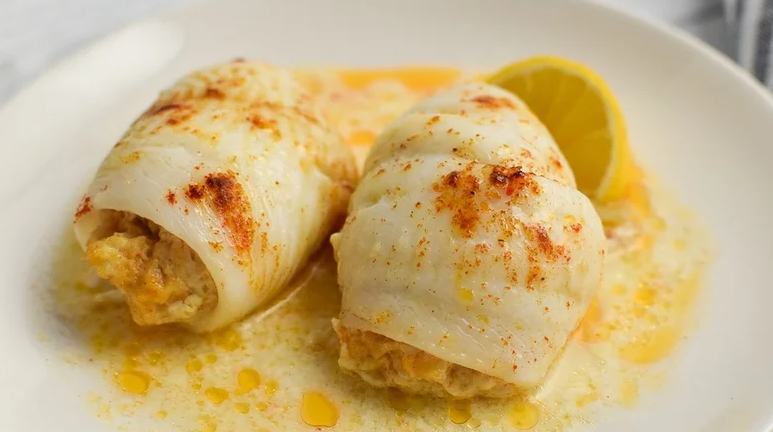
Directions
- Preheat the oven to 350 F. Crush the saltine crackers by putting them in a plastic bag and hitting them with a rolling pin. Pour the crackers into a bowl. Add ¼ teaspoon of paprika, ½ teaspoon of salt, and garlic powder, and stir with a fork. Add the Worcestershire sauce, egg, and mayonnaise, and stir.
- Cut the lemon in half and juice one of the halves. Measure 1 teaspoon of juice and add to the cracker mixture. Combine with a fork. Cut the other lemon half into 4 wedges for serving.
- Drain the crab meat and pick through it, removing any shell or cartilage. Add to the cracker mixture.
- Melt the butter in the microwave. Brush about ½ of the melted butter on the inside of a 9×13-inch baking dish.
- Season each side of the flounder evenly with the remaining salt. Spoon the crab mixture evenly on top of the flounder fillets. Roll and place in the baking dish seam-side down. Pour any remaining melted butter over the flounder. Sprinkle the top with paprika (optional, but makes it look pretty).
- Bake for 20 to 25 minutes, until the interior temperature registers 140 F with a probe thermometer and the flounder flakes easily with a fork.
- Serve with a squeeze of lemon.
Flounder Piccata
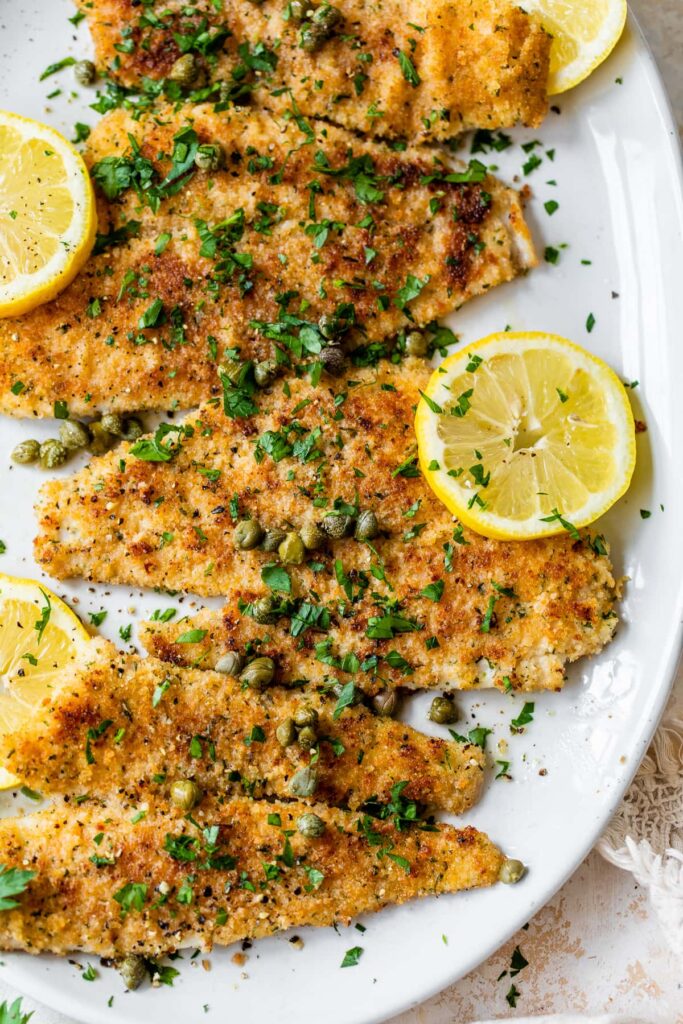
Ingredients
- 4 flounder fillets, about 20 ounces total
- freshly ground black pepper
- 2 large egg whites
- 2/3 cup seasoned bread crumbs, or gluten-free crumbs
- olive oil spray, about 1 tbsp worth
- 1 tbsp whipped butter, or regular butter
- 2 lemons, 1 juiced with squeezed lemon halves reserved, the other sliced for serving
- 1/4 cup dry white wine
- 1/2 cup chicken broth
- 1 tbsp capers, drained
- 2 tbsp chopped fresh parsley, for serving
Instructions
- Season fish with salt and pepper. Heat the oven to 200F.
- In a shallow bowl, beat the egg whites. Place the bread crumbs in another dish. Dip each fish filet in the egg whites, then bread crumbs.
- Heat a large skillet over medium to medium-low heat. Spray a generous amount of olive oil spray on one side of the fish, and lay it in the pan, oil side down. Spray the other side of the fish generously to coat and cook for 4 to 5 minutes on each side, until fish is opaque and cooked through.
- Set aside on a platter in the warm oven until you make the sauce.
- Over medium heat in the same pan, melt butter, add the lemon juice, wine, chicken broth and the reserved lemon halves, salt, and pepper and bring to a boil.
- Boil over high heat until the liquid is reduced to half, about 3 – 4 minutes.
- Discard the lemon halves, add the capers and spoon the sauce over the fish; place a slice of lemon on each filet and top with fresh parsley.
Safety Tips for Surf Fishing
While surf fishing can be an exciting adventure, it’s important to prioritize safety. Here are some safety tips to keep in mind:
- Check the Weather: Before heading out, check the weather forecast and avoid fishing during severe weather conditions, such as storms or strong winds. High surf and strong currents can pose significant risks to anglers.
- Use Sun Protection: Protect yourself from the sun’s harmful rays by wearing sunscreen, a wide-brimmed hat, and polarized sunglasses. The reflective surface of the water can intensify UV exposure, so take necessary precautions to avoid sunburn and eye damage.
- Be Mindful of Tide Changes: Keep track of the tides and be aware of incoming tides that can cut off your escape route. Avoid fishing too close to the water’s edge and stay vigilant to prevent being caught off guard by rising water levels.
- Wear a Life Jacket: If you will be wading the surf it is recommended that you wear a personal flotation device. It only takes one rouge wave to knock you off your feet and sweep you out to sea.
- Wear Proper Footwear: Use appropriate footwear with good traction to navigate slippery rocks and uneven terrain. Protect your feet from sharp objects, such as shells or rocks, by wearing sturdy shoes or boots.
- Use a Wading Belt: If wading in deeper water, use a wading belt to secure your gear and prevent water from entering your waders in case of a fall. This can help maintain buoyancy and reduce the risk of accidents.
Always prioritize your safety and make informed decisions when it comes to surf fishing. It’s essential to be prepared, cautious, and aware of your surroundings at all times.
Surf Fishing for Flounder Frequently Asked Questions

Can I catch flounder from the beach?
Yes, flounder can be caught from the beach by surf fishing in the appropriate locations and using the right techniques.
What is the best time to go surf fishing for flounder?
The best time to go surf fishing for flounder is during the twilight hours of dawn and dusk. However, flounder can be caught throughout the day, especially during tidal changes and the outgoing tide. The best time to surf fish for flounder is during an incoming tide when they are more active and likely to feed.
What are some popular bait options for targeting flounder?
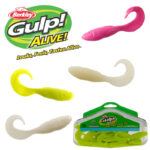
Popular bait options for targeting flounder include live minnows, finger mullet, mud minnows, and shrimp. Soft plastic baits, bucktail jigs, and strip baits are also effective lure choices. Live bait such as minnows, shrimp, or small crabs are highly effective in attracting flounder.
What is the recommended gear for surf fishing for flounder?
The recommended gear includes a medium to medium-heavy spinning rod, a durable spinning reel, braided fishing line, flounder rigs, sharp hooks, and a variety of weights. Don’t forget a sturdy tackle box to keep your gear organized.
How can I improve my chances of catching flounder from the surf?
To improve your chances of catching flounder, focus on reading the water, targeting flounder hotspots such as sandbars and channels, using scent attractants, and staying patient. Practice different techniques, vary your bait presentation, and stay mobile to find productive fishing spots.
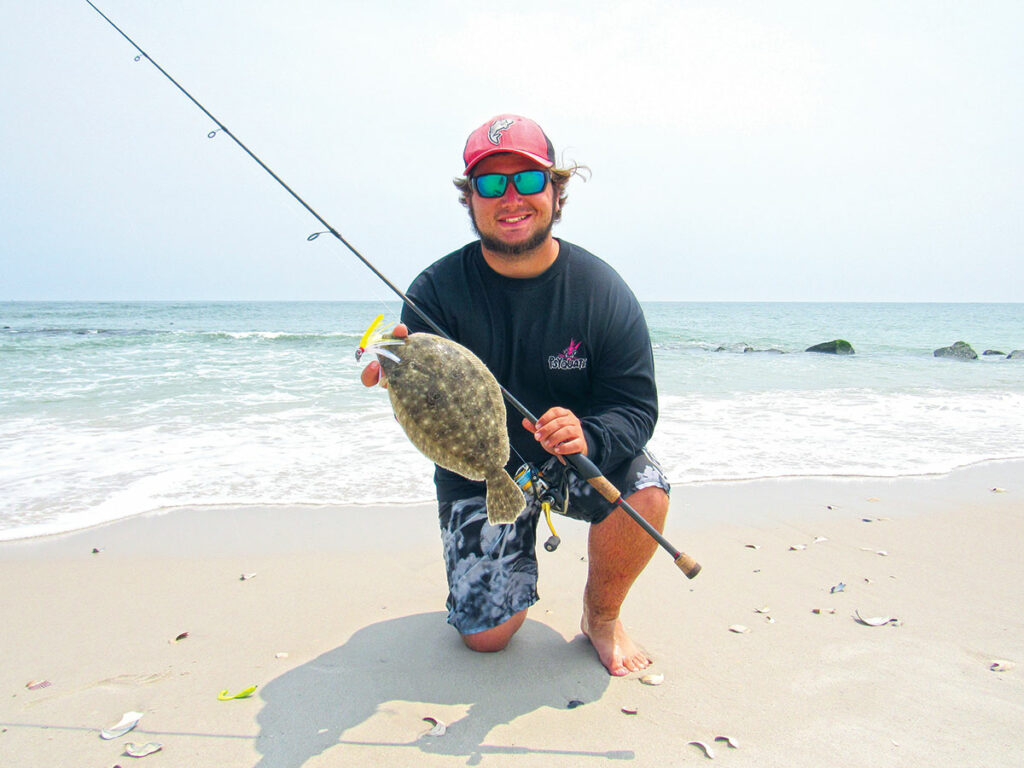
What should I do if I catch a flounder that I want to release?
If you catch a flounder that you want to release, handle it gently with wet hands to minimize damage to its protective slime coat. Use a dehooking tool or pliers to remove the hook, taking care not to injure the fish. Release the flounder back into the water as quickly as possible, allowing it to swim away strong.
Are there any regulations or licenses required for surf fishing for flounder?
It’s important to check local regulations and obtain the necessary fishing licenses before surf fishing for flounder. Fishing regulations may vary depending on the location, so familiarize yourself with the specific rules and restrictions in your area.
Are flounder good to eat?
Yes, flounder is highly regarded for its delicious taste and is a popular choice for seafood enthusiasts.
Do I need a fishing license for surf fishing?
Yes, in most regions, a fishing license is required for surf fishing. Check the local regulations to ensure compliance before casting your line.
Next Time You’re at the Beach Try Surf Fishing for Flounder
Surf fishing for flounder can be an exciting and rewarding experience for anglers who appreciate the thrill of the chase. They represent another gamefish you can target while surf fishing and using some of the same tackle you already use for surf fishing. And, they are some of the best eating fish in the ocean.
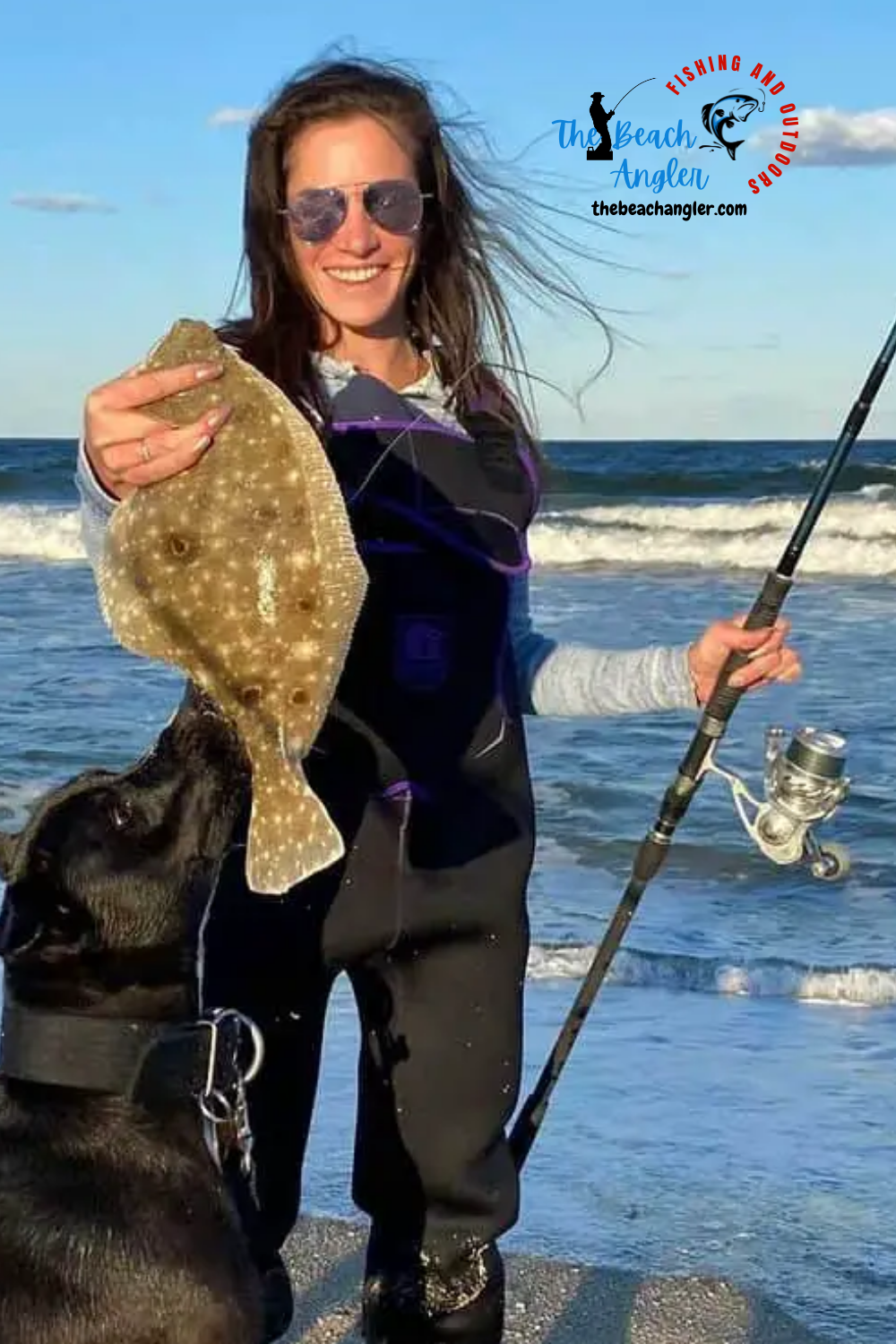
By understanding flounder behavior, utilizing the right gear and bait, and using these tips and techniques, you can increase your chances of catching flounder in the surf.
Remember to prioritize safety, respect fishing regulations, respect the environment, and practice catch-and-release when appropriate. Enjoy the thrill of surf fishing for flounder and enjoy the experience of connecting with nature while pursuing this hard fighting and delicious fish.
As always, stay safe, enjoy the journey and please try to leave it cleaner than you found it. If you have any comments, questions, ideas or suggestions please leave them in the comment section below and I’ll get back to you asap.
You can follow us on Facebook: Rex The Beach Angler, Instagram: thebeachangler7, Twitter: @AnglerBeach, and YouTube: Man Art Creations.
P.S. – Thanks so much for checking out our blog we really appreciate it. Just so you know, we may receive a commission if you click on some of the links that appear on our site. This helps us keep our content free and up-to-date for everyone. We appreciate your support!
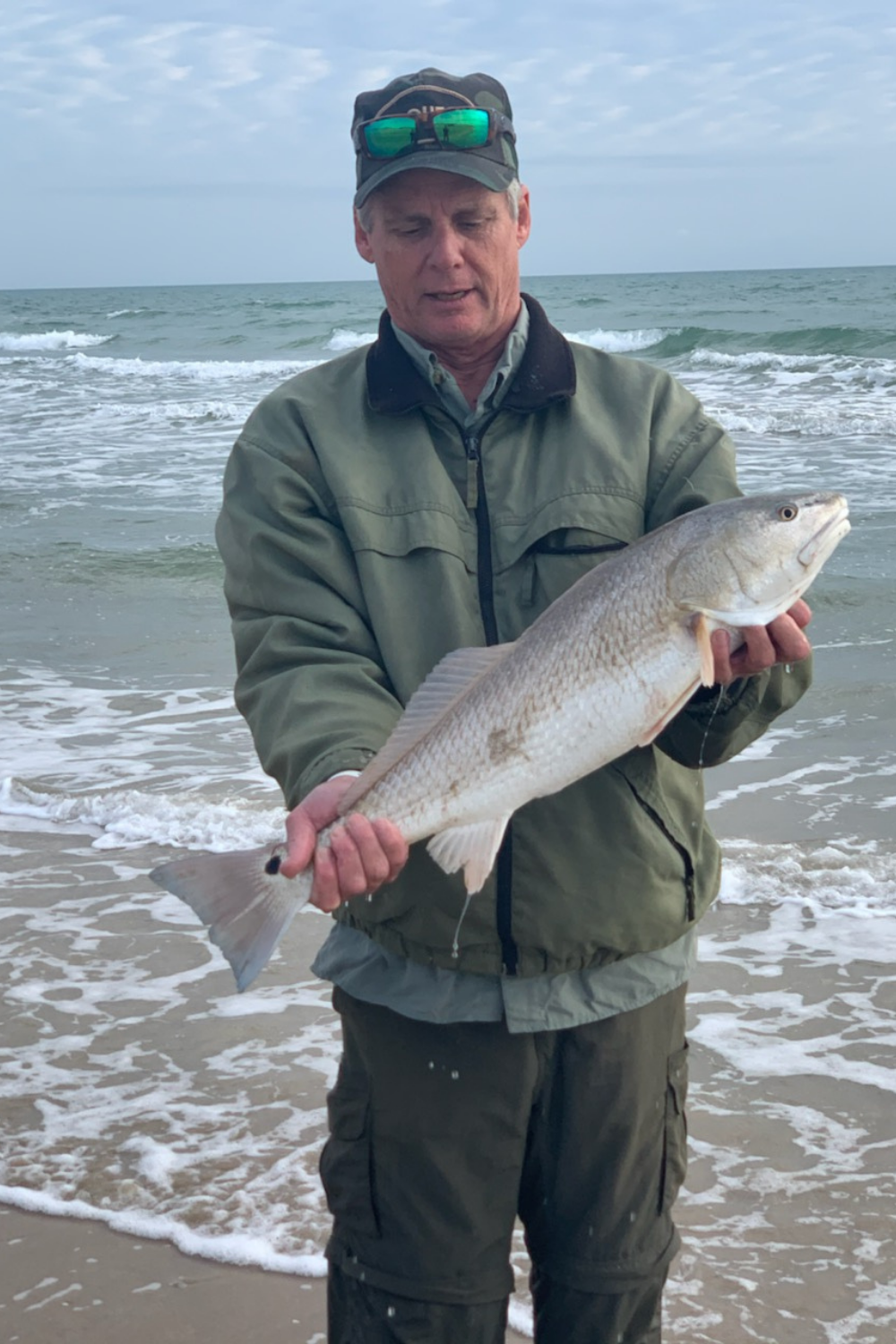
A life long surf fisherman with 50+ years of experience, I am also an avid hunter and outdoorsman. I will be sharing my passion for the outdoors with you so be prepared for hunting, fishing, camping, hiking and more. Along with gear reviews and the latest trends and innovations in the outdoor industry.
